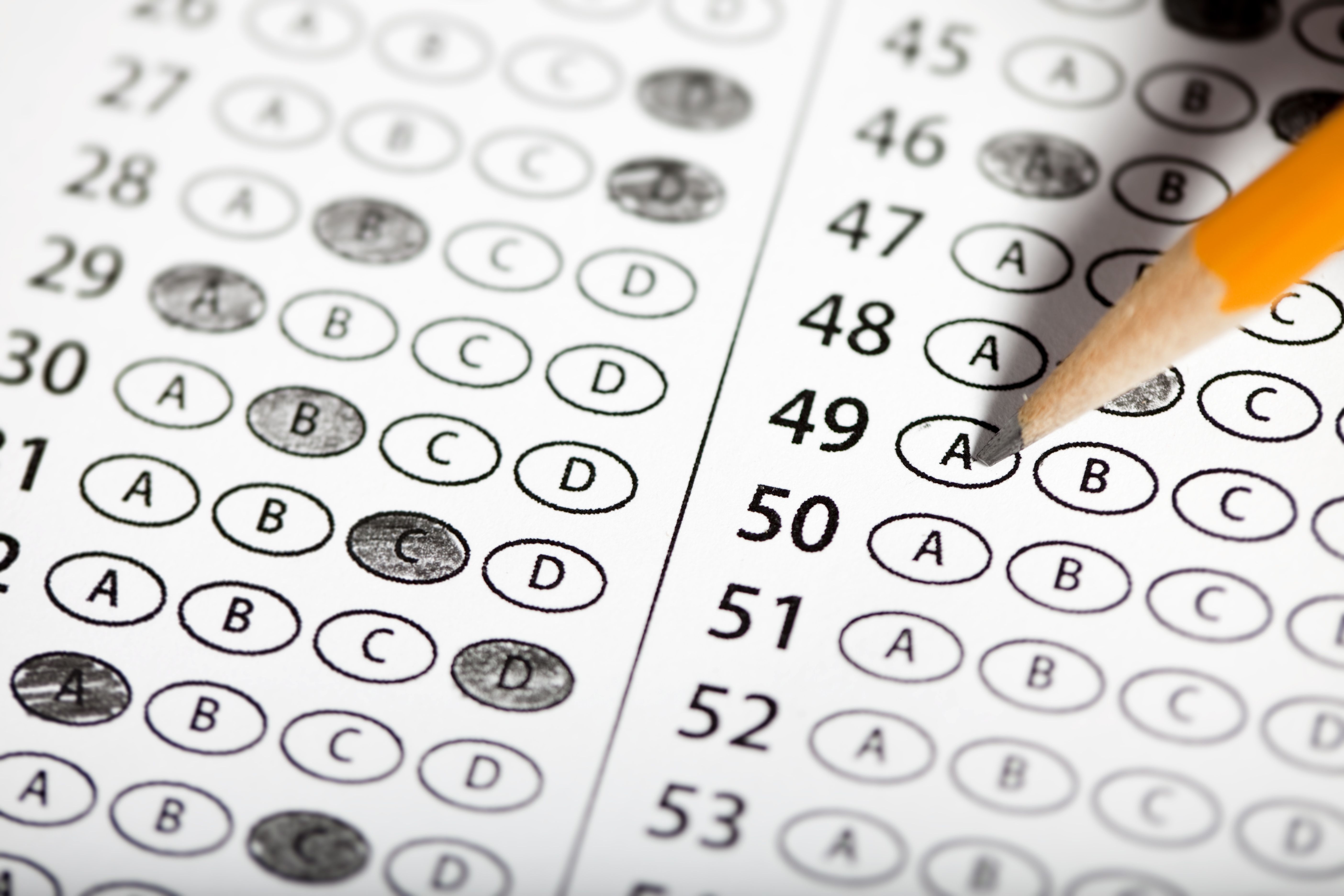Quiz: Genitourinary syndrome of menopause
This month's quiz reviews some of the major takeaways from the July 2019 article, "Genitourinary syndrome of menopause: Underdiagnosed and undertreated."
©bartsadowski - stock.adboe.com

This month's quiz reviews some of the major takeaways from the July 2019 article, "Genitourinary syndrome of menopause: Underdiagnosed and undertreated."
1. Which of the following statements is not true about genitourinary syndrome of menopause (GSM)?
a. GSM is a chronic disorder and not likely to improve without treatment.
b. GSM can be clinically detected in up to 70% of women experiencing menopause.
c. Symptoms of GSM may include vaginal dryness, itching, irritation, and dyspareunia.
d. Many women fail to link their symptoms with menopause and only about one-quarter of women discuss this problem with their providers.
Please click here for answer, discussion, and next question.
Answer: B. GSM can be clinically detected in up to 70% of women experiencing menopause.
GSM can be detected in up to 90% of women. Census statistics imply that approximately 17 million women experience symptoms, a number that is likely to increase due to population demographics.
2. Lifestyle changes for the treatment of GSM include all of the following except:
a. Weight loss
b. Cessation of tobacco use
c. General vulvar hygiene
d. Avoidance of fragrance-containing products in the vulvar region
Please click here for answer, discussion, and next question.
Answer: A. Weight loss
Weight loss has no documented effect on the symptoms of GSM.
3. Which of the following statements are true about non-hormonal treatments for GSM?
a. Vaginal moisturizers such as hyaluronic acid and polycarbophil gel retain water and release it back slowly.
b. Hyperosmolar lubricants may be effective but can also cause irritation.
c. Black cohosh and soy have been shown to be effective treatments for the symptoms of GSM.
d. A and B only
e. All of the above are true
Please click here for answer, discussion, and next question.
Answer: D. A and B only
Non-hormonal options such as black cohosh and soy have not been shown to improve the symptoms of GSM and are not recommended for treatment.
4. All of the following are true about use of vaginal estrogen to treat GSM except :
a. Given at low doses, vaginal estrogen is the gold standard for patients who are not suffering from systemic symptoms.
b. Tablets and rings that contain low doses of the hormone result in increases in serum estradiol levels that are within normal postmenopausal range.
c. Rates of endometrial and invasive breast cancer and DVT are significantly increased with use of vaginal estrogen.
d. Use is contraindicated in women with unexplained uterine bleeding or endometrial hyperplasia or who are also taking aromatase inhibitors (AIs).
Please click here for answer, discussion, and next question.
Answer: C. Rates of endometrial and invasive breast cancer and DVT are significantly increased with use of vaginal estrogen.
While the packaging for vaginal estrogen contains the same “black box” warning for endometrial cancer, breast cancer, cardiovascular disorders and dementia found on systemic estrogen, the data supporting these warnings involve hormone exposure at much higher levels. Because of this NAMS and other organizations have recommended the FDA remove the warning from topical estrogens.
5. All of the following statements about alternative treatments for GSM are true except:
a. Selective estrogen receptor modulators (SERMs) such as ospemifene, originally designed to treat breast cancer, are good choices for patients who are not candidates for estrogen therapy.
b. Patients receiving treatment with SERMs see immediate improvement in their symptoms
c. Ospemifene contains a black box warning regarding risk of VTE although the risk is not as much as seen with estrogen.
d. Vaginal dehydroepiandrosterone (DHEA), or prasterone, is a vaginal insert that has been shown to decrease dyspareunia in postmenopausal women in RCTs
e. Unlike estrogen treatments, alternative treatments to estrogen require daily administration to be effective.
Please click here for answer, discussion, and next question.
Answer: B. Patients receiving treatment with SERMs see immediate improvement in their symptoms.
Many patients on SERMs may not see an improvement in their symptoms until about 6 months after the start of therapy.
6. Which of the following are true of factional carbon dioxide (CO2) laser therapy for GSM:
a. CO2 laser therapy stimulates wound healing and tissue remodeling with increased collagen formation.
b. CO2 laser therapy Is not FDA-approved and multiple treatments are recommended.
c. One study demonstrated that CO2 laser treatment alone resulted in worsening of dyspareunia.
d. Most clinical studies involving CO2 laser treatments are of smaller sample size with no placebo-treated control groups.
e. All of the above
Please click here for answer, discussion, and next question.
All of the statements are true.
